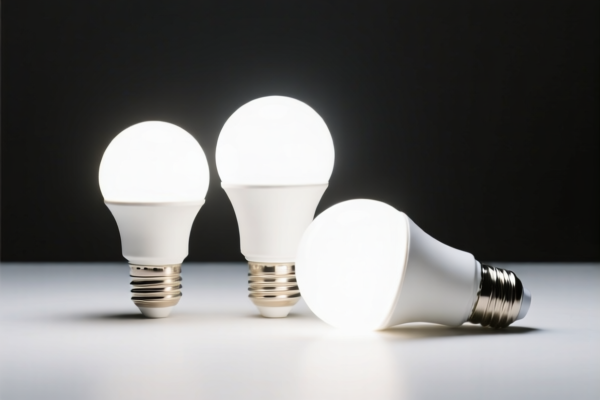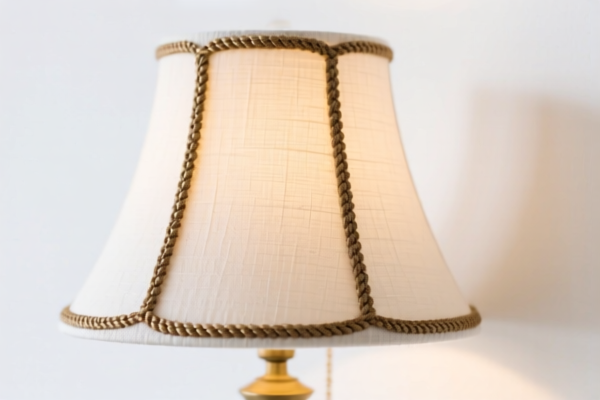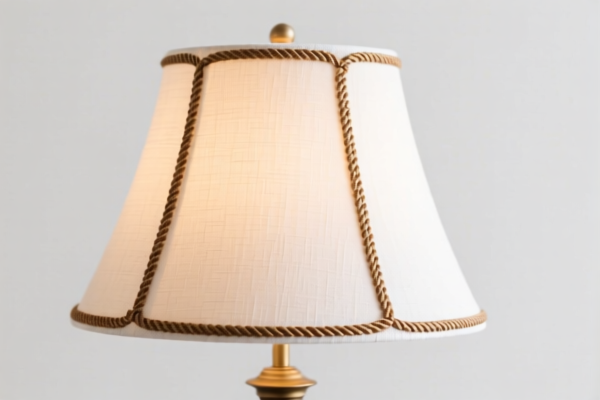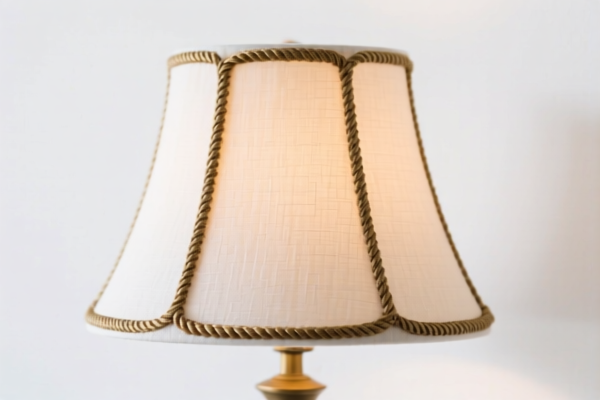| HS Code | Official Doc | Tariff Rate | Origin | Destination | Effective Date |
|---|---|---|---|---|---|
| 8539293060 | Doc | 37.5% | CN | US | 2025-05-12 |
| 8539490040 | Doc | 57.4% | CN | US | 2025-05-12 |
| 8513104000 | Doc | 33.5% | CN | US | 2025-05-12 |
| 8513102000 | Doc | 42.5% | CN | US | 2025-05-12 |
| 9018200040 | Doc | 55.0% | CN | US | 2025-05-12 |
| 9018907560 | Doc | 55.0% | CN | US | 2025-05-12 |
| 9031808085 | Doc | 30.0% | CN | US | 2025-05-12 |
| 9031808070 | Doc | 30.0% | CN | US | 2025-05-12 |




Light Therapy Lamp
A light therapy lamp (also known as a SAD lamp, after Seasonal Affective Disorder) is a device used to treat Seasonal Affective Disorder and other conditions by exposing users to bright light, typically mimicking outdoor light.
Material
Light therapy lamps generally consist of the following components:
- Light Source: Originally fluorescent tubes, most modern lamps utilize LEDs (Light Emitting Diodes) due to their energy efficiency, longer lifespan, and lack of flicker.
- Diffuser: A translucent panel that spreads the light evenly. Materials include acrylic or polycarbonate.
- Housing: Typically made of plastic or metal, providing structure and safety.
- Electronics: Include a power supply, timer, and often brightness controls.
- Base/Stand: Usually plastic or metal, allowing the lamp to be positioned for optimal use.
Purpose
The primary purpose of a light therapy lamp is to regulate the body’s circadian rhythm, which is often disrupted during periods of reduced sunlight. This regulation impacts mood, sleep, and energy levels. Specifically, it aims to:
- Treat Seasonal Affective Disorder (SAD): A type of depression related to changes in seasons, typically occurring in fall and winter.
- Improve Mood: Can alleviate symptoms of non-seasonal depression in some individuals.
- Regulate Sleep-Wake Cycles: Helps to correct disrupted sleep patterns.
- Reduce Jet Lag: Assists in resetting the circadian rhythm after travel across time zones.
- Manage Other Conditions: Used in some cases for conditions like shift work disorder and certain sleep disorders.
Function
Light therapy lamps work by stimulating cells in the retina, which send signals to the brain that affect:
- Melatonin Production: Reducing the production of melatonin, a hormone that promotes sleepiness.
- Serotonin Levels: Increasing the production of serotonin, a neurotransmitter associated with mood regulation.
- Cortisol Levels: Helping to regulate cortisol, a hormone involved in the stress response and energy levels.
The intensity of light is measured in lux. Therapeutic lamps typically provide 10,000 lux, which is significantly brighter than standard indoor lighting.
Usage Scenarios
- Morning Use: Most effective when used first thing in the morning for 20-30 minutes.
- Home or Office: Can be used while working, reading, or eating breakfast.
- Positioning: Typically positioned to the side of the user, at eye level, to allow for indirect exposure. Direct staring into the light is not recommended.
- Distance: The recommended distance varies depending on the lamp's intensity and design, typically between 12-24 inches.
- Duration: Treatment duration varies depending on the lamp’s intensity and individual needs, ranging from 20 minutes to an hour or more.
Common Types
- Desktop Lamps: The most common type, designed to sit on a desk or table.
- Wall-Mounted Lamps: Useful for saving space.
- Floor Lamps: Provide broader coverage.
- Light Therapy Boxes: Smaller, portable devices.
- Dawn Simulators: Gradually increase light intensity over a period of time, mimicking sunrise.
- Visor Lamps: Worn like a visor, providing targeted light exposure.
- Full Spectrum Lamps: While marketed as similar, these often do not provide the necessary lux levels for therapeutic benefit.
Light therapy lamps fall under several potential classifications depending on their specific function and application. Here's a breakdown of relevant HS codes based on the provided information:
-
8539293060: Electrical filament or discharge lamps, including sealed beam lamp units and ultraviolet or infrared lamps; arc lamps; light-emitting diode (LED) light sources; parts thereof: Other filament lamps, excluding ultraviolet or infrared lamps: Other: Designed for a voltage not exceeding 100 V: Other Other. This code applies to LED light sources used in lamps, excluding those emitting ultraviolet or infrared radiation, and operating at 100V or less.
- Chapter 85: Electrical machinery and equipment.
- Heading 8539: Electrical filament or discharge lamps, including sealed beam lamp units and ultraviolet or infrared lamps; arc lamps; light-emitting diode (LED) light sources.
- Subheading 853929: Other filament lamps, excluding ultraviolet or infrared lamps.
- Subheading 85392930: Other.
- Subheading 8539293060: Designed for a voltage not exceeding 100 V.
-
9018200040: Instruments and appliances used in medical, surgical, dental or veterinary sciences, including scintigraphic apparatus, other electro-medical apparatus and sight-testing instruments; parts and accessories thereof: Ultraviolet or infrared ray apparatus, and parts and accessories thereof Therapeutic. If the lamp is specifically marketed and used for therapeutic purposes (e.g., treating Seasonal Affective Disorder), this code may be applicable.
- Chapter 90: Instruments and appliances which measure or check for the physical or chemical analysis of constituents of materials.
- Heading 9018: Instruments and appliances used in medical, surgical, dental or veterinary sciences.
- Subheading 901820: Ultraviolet or infrared ray apparatus, and parts and accessories thereof.
- Subheading 90182000: Therapeutic.
-
9018907560: Instruments and appliances used in medical, surgical, dental or veterinary sciences, including scintigraphic apparatus, other electro-medical apparatus and sight-testing instruments; parts and accessories thereof: Other instruments and appliances and parts and accessories thereof: Other: Electro-medical instruments and appliances and parts and accessories thereof: Other: Other therapeutic appliances and instruments: Other. This code could apply to light therapy lamps classified as therapeutic appliances.
- Chapter 90: Instruments and appliances which measure or check for the physical or chemical analysis of constituents of materials.
- Heading 9018: Instruments and appliances used in medical, surgical, dental or veterinary sciences.
- Subheading 901890: Other instruments and appliances and parts and accessories thereof.
- Subheading 90189075: Other.
- Subheading 9018907560: Other therapeutic appliances and instruments.
Important Note: For HS code 9018200040 and 9018907560, the classification as a "therapeutic appliance" is crucial. Documentation supporting the therapeutic claim may be required. The total tax rate for these codes is 55.0% (0.0% basic tariff + 25.0% additional tariff + 30% additional tariff after 2025.4.2).
Customer Reviews
No reviews yet.